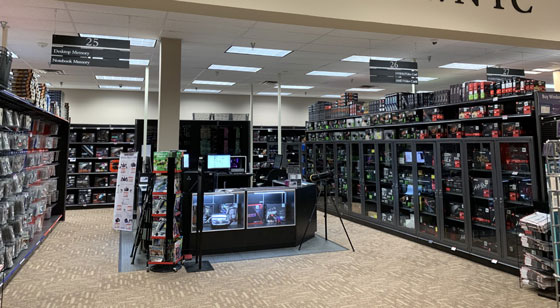
“HCI radically simplifies data center architectures and operations, reducing the time and expense of managing data and delivering apps,” he says. “It’s untenable for IT teams to take weeks or months to provision new infrastructure so the dev team can produce new apps and get to market quickly,” says Greg Smith, vice president of product marketing at Nutanix. This worked in the pre-cloud era, but it’s too rigid for the cloud era. 1) Simplified designĪ traditional data center design is comprised of separate storage silos with individual tiers of servers and specialized networking spanning the compute and storage silos. So why is it so popular? Here are some of the top reasons. And as HCI grows in popularity, cloud providers such as Amazon, Google and Microsoft are providing connections to on-prem HCI products for hybrid deployment and management. By 2023, Gartner projects 70% of enterprises will be running some form of hyperconverged infrastructure, up from less than 30% in 2019. For enterprise storage, persistent memory is here to stay.NVMe over Fabrics creates data-center storage disruption.10 of the world's fastest supercomputers.Making the right hyperconvergence choice: HCI hardware or software?.Learn more about enterprise infrastructure trends

Computer store one box nutani software#
Form factors vary: Enterprises can choose to deploy hardware-agnostic hyperconvergence software from vendors such as Nutanix and VMware, or an integrated HCI appliance from vendors such as HP Enterprise, Dell, Cisco, and Lenovo. Rather than silos with specialized hardware, HCI leverages distributed, horizontal blocks of commodity hardware and delivers a single-pane dashboard for reporting and management. HCI is a form of scale-out, software-integrated infrastructure that applies a modular approach to compute, network and storage capacity.

But on-prem is far from dead, and one segment that’s thriving is hyperconverged infrastructure ( HCI). Demand for on-premises data center equipment is shrinking as organizations move workloads to the cloud.


 0 kommentar(er)
0 kommentar(er)
